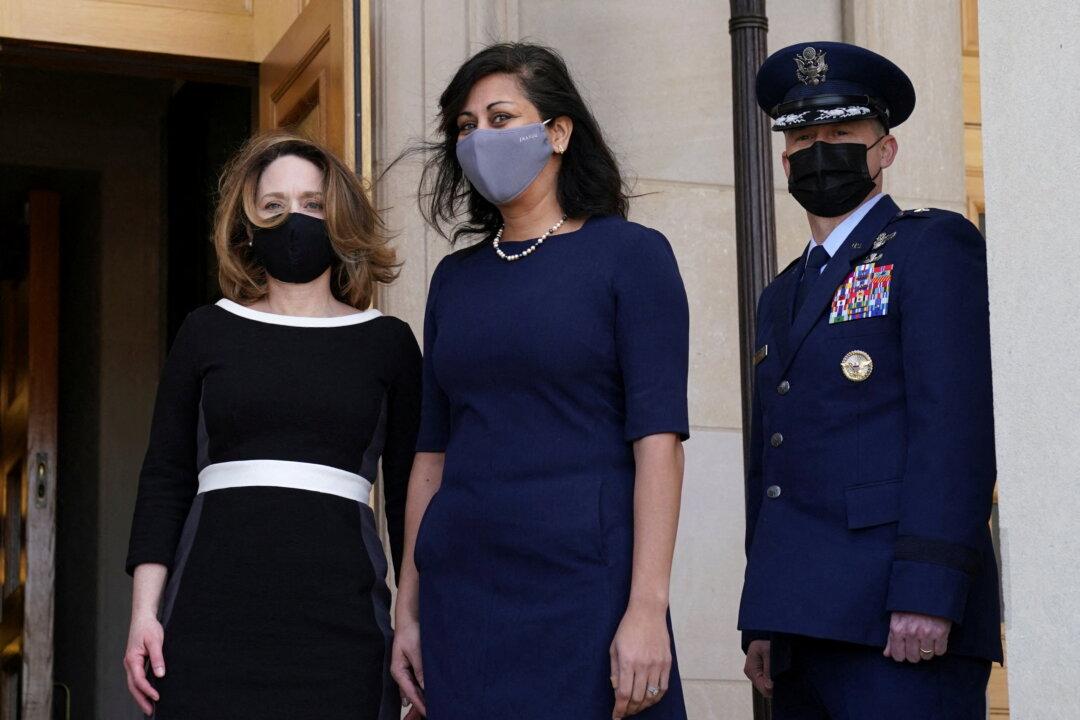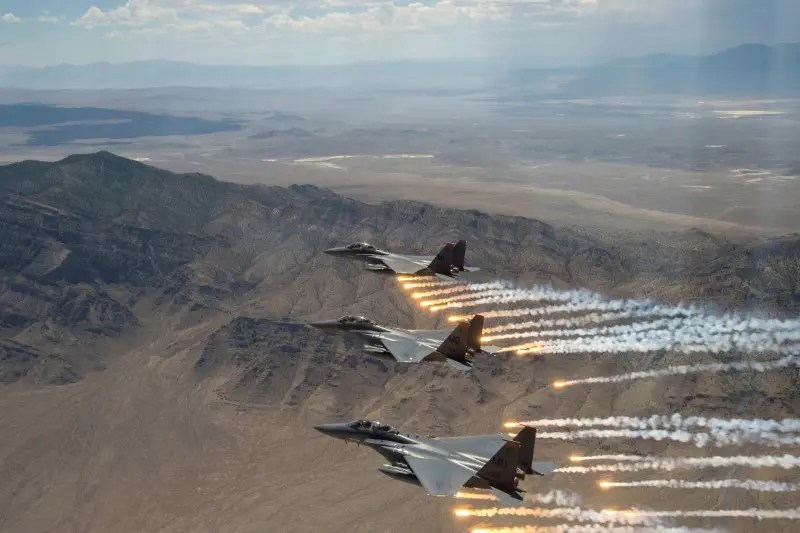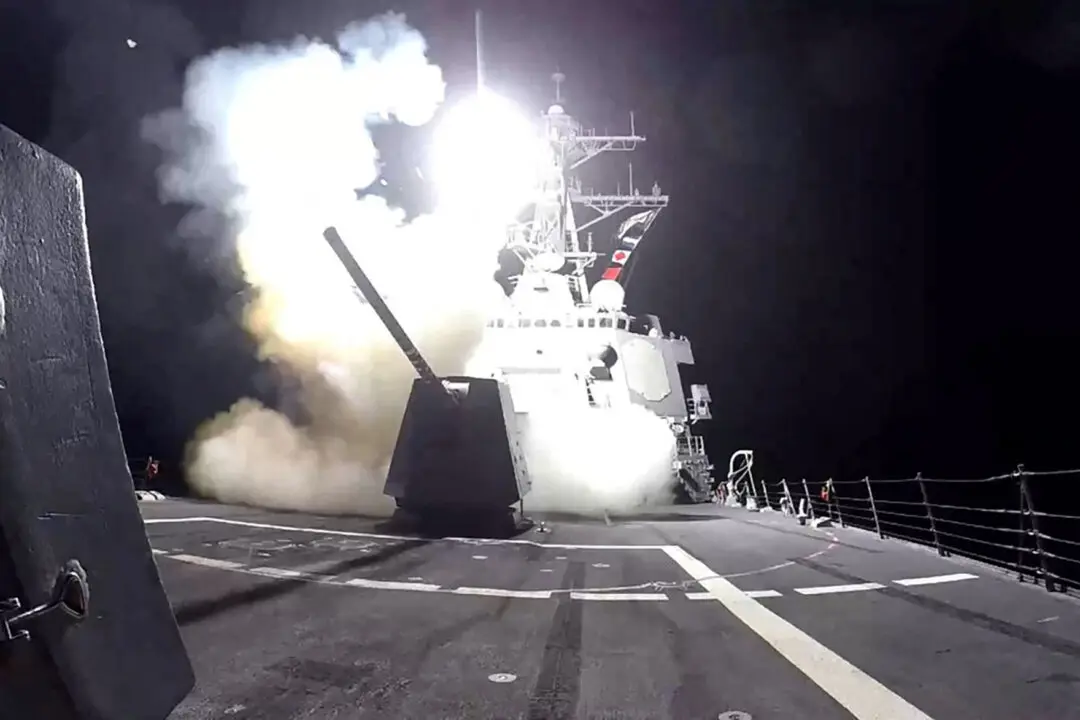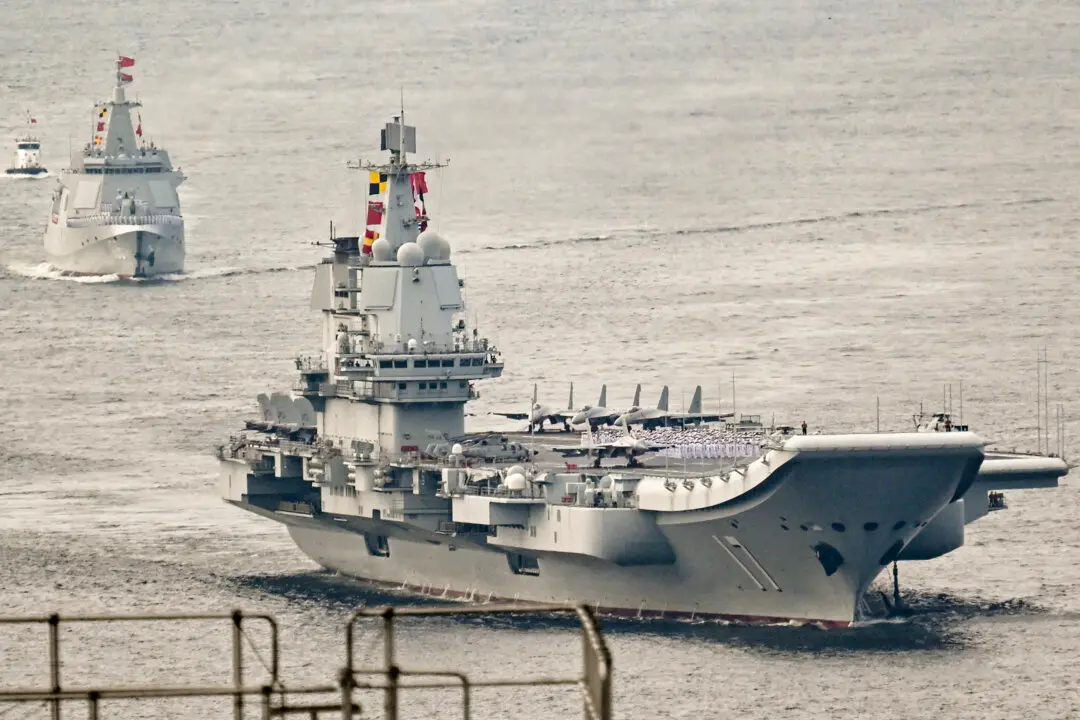New software developed by the U.S. military and unveiled last week will help commanders understand how their actions in the Indo-Pacific might provoke China’s ruling Chinese Communist Party (CCP).
“With the spectrum of conflict and the challenge sets spanning down into the gray zone, what you see is the need to be looking at a far broader set of indicators, weaving that together and then understanding the threat interaction,” Deputy Secretary of Defense Kathleen Hicks said last week.




